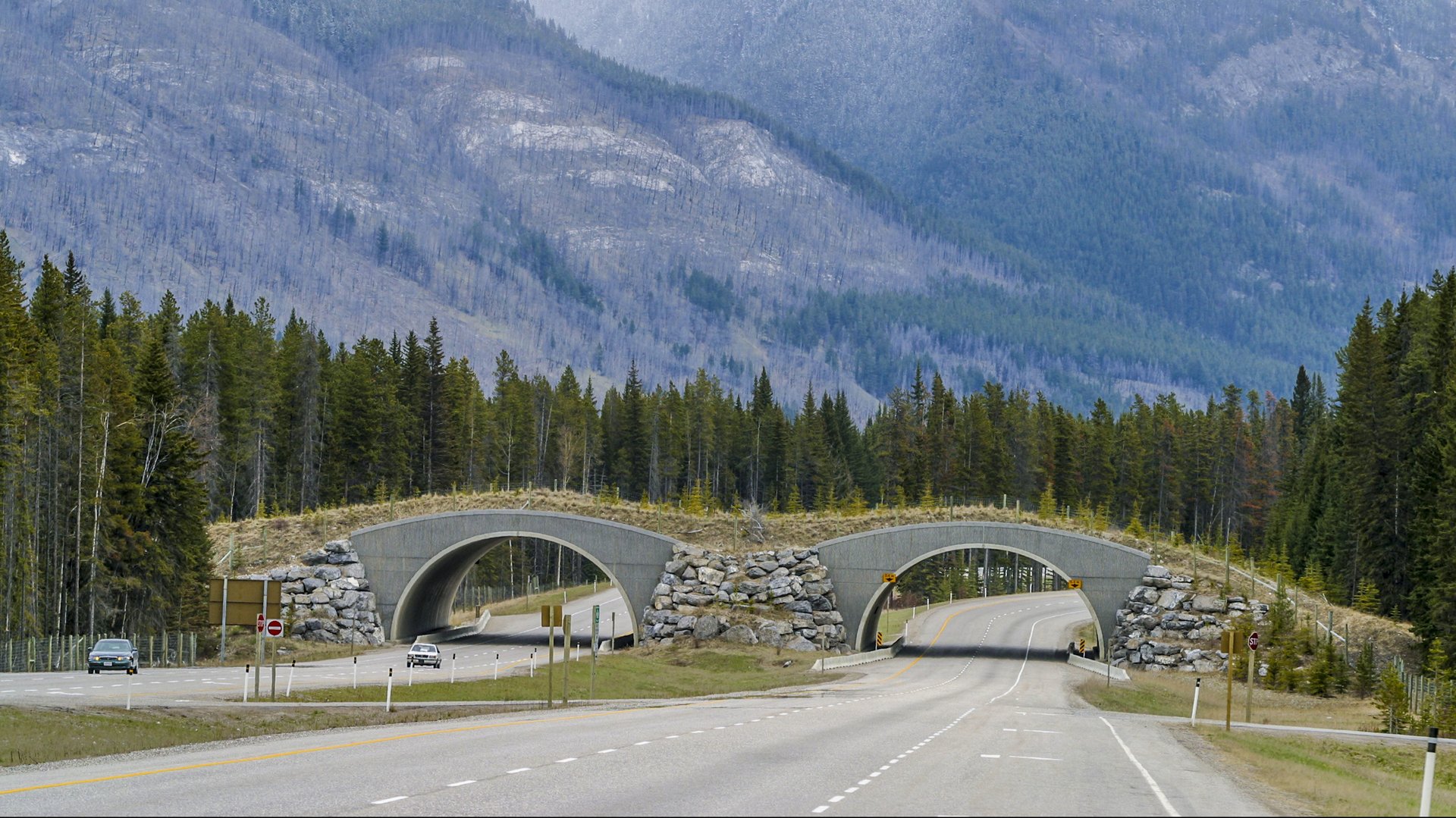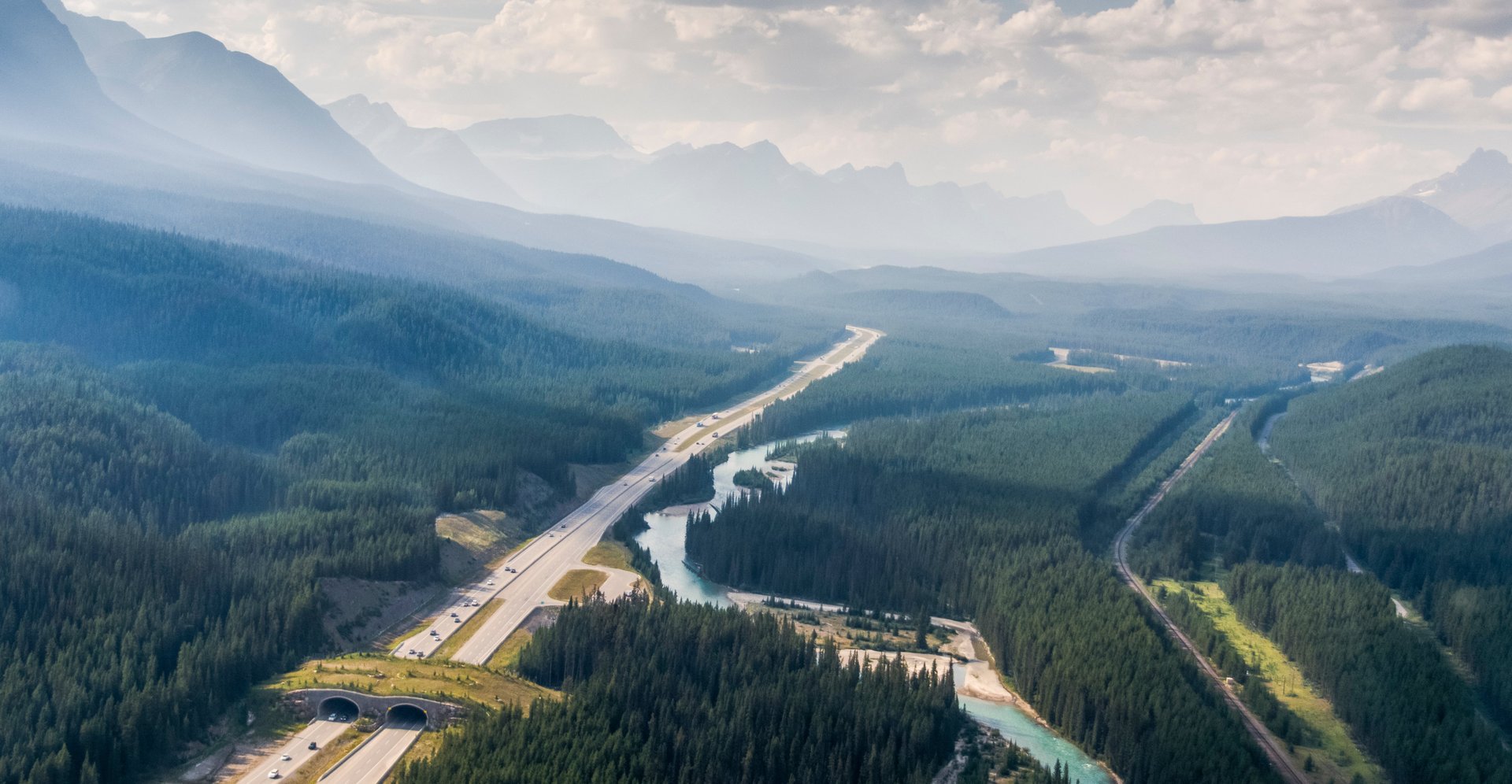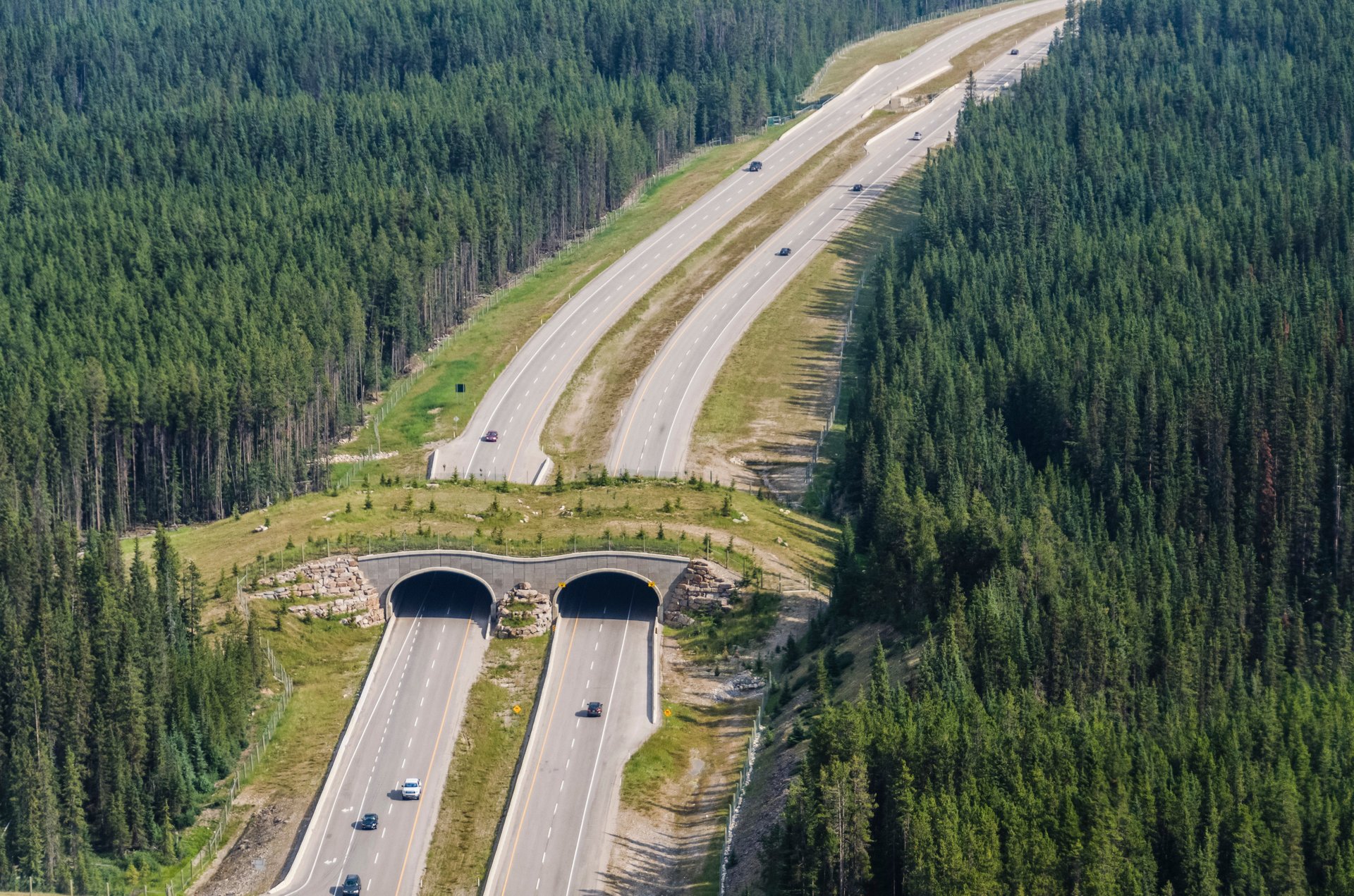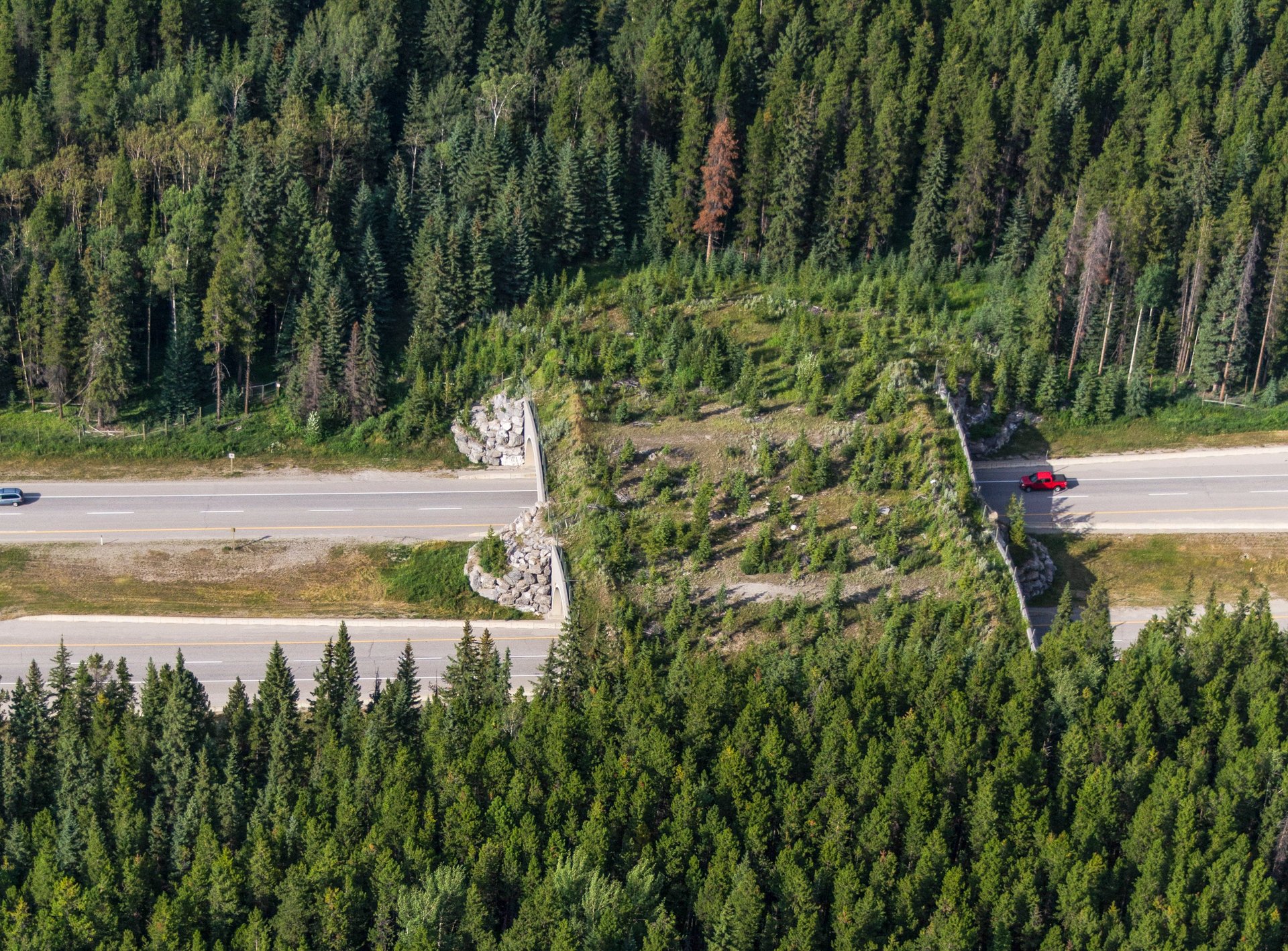Wildlife overpasses that protect animals from cars are spreading globally
As long as there are highways and wildlife, there will be roadkill. Many a motorist has glimpsed a mangled but still-living animal squirming on the concrete, waiting for a merciful death. And many drivers have themselves perished upon colliding with a deer or some other large animal. Meanwhile, wide, dangerous roadways can cut wildlife off from the resources it needs to thrive, including genetic diversity.


As long as there are highways and wildlife, there will be roadkill. Many a motorist has glimpsed a mangled but still-living animal squirming on the concrete, waiting for a merciful death. And many drivers have themselves perished upon colliding with a deer or some other large animal. Meanwhile, wide, dangerous roadways can cut wildlife off from the resources it needs to thrive, including genetic diversity.
All around the world, local infrastructure planners are increasingly adopting a technique to solve these problems: wildlife overpasses. Engineers design the structures to blend in with nature, increasing the likelihood that animals will use them—and teach their offspring to do the same.
As National Geographic reports, wildlife overpasses caught on in Europe starting in the 1950s, and have been spreading around the world since. There are now overpasses used by moose in Canada, bobcats in Montana, and crabs on Christmas Island, with many more planned. With every project, researchers learn more about how animals interact with the passageways.
As it turns out, different species prefer different types of crossings. Tony Clevenger, a wildlife biologist at Montana State University’s Western Transportation Institute, told National Geographic that elk and grizzly bears like big, open structures while cougars, accustomed to forests, prefer more constricted passings with more cover.
Overpasses play a key role in the western portion of North America, where teeming wildlife corridors are intersected by long roads like the Trans-Canada Highway. Fences help direct the animals toward the safe passages.



The use of underpasses is spreading, too. These passageways are usually compact, and so are especially helpful to smaller animals—water voles in London, badgers in British Columbia, pumas in Brazil—but in Kenya larger ones are even being used to assist elephant herds. They’re also serving aquatic species: In Washington state, underpasses recently added to Interstate-90 are linking streams and wetlands back to the Yakima River, to the benefit of salamanders, reptiles, and fish, including the bull trout, a vulnerable species.
In historically poorer countries that are now growing wealthier and are poised to construct new highways, overseas consultants are helping local authorities incorporate wildlife crossings into the planning phase. Rob Ament, a road ecology expert at Montana State University, is working with authorities in Bhutan, where Asian elephants roam, reports National Geographic. It’s much cheaper to incorporate the structures in a highway’s design than to retrofit them in later.
Inevitably, as more highways get built around the world—humanity seems to have an insatiable appetite for concrete—more wildlife will get cut off, and more animal-vehicle collisions will occur. But these overpasses, at least, are an effective way to reduce the harm. There is a path to follow.